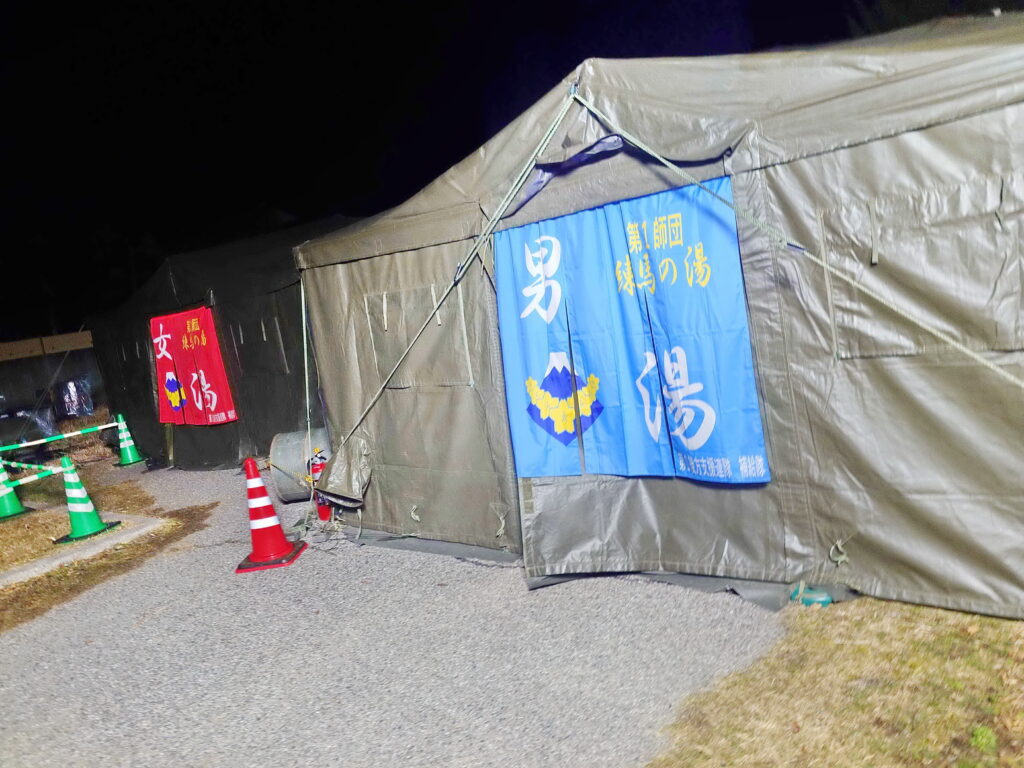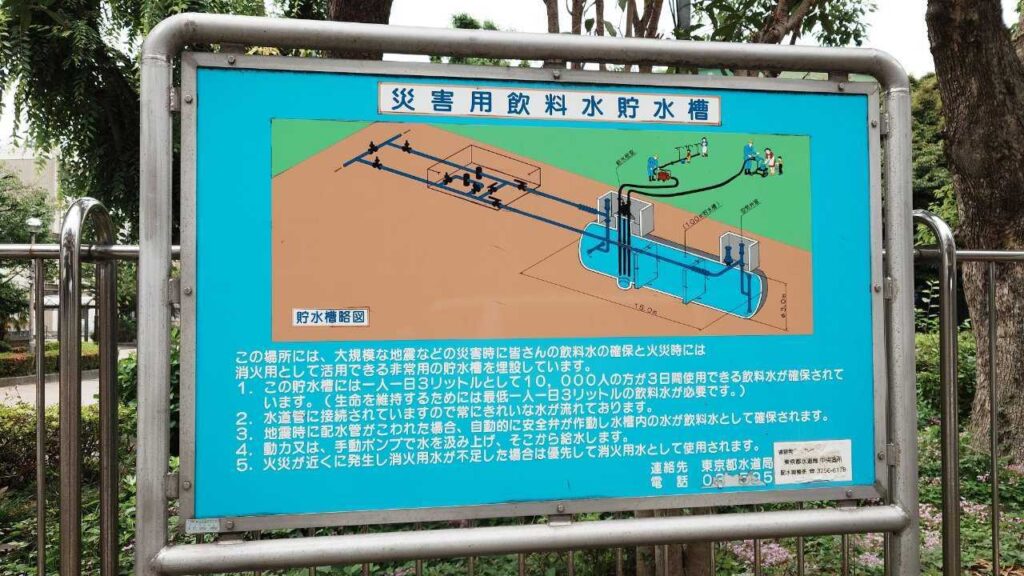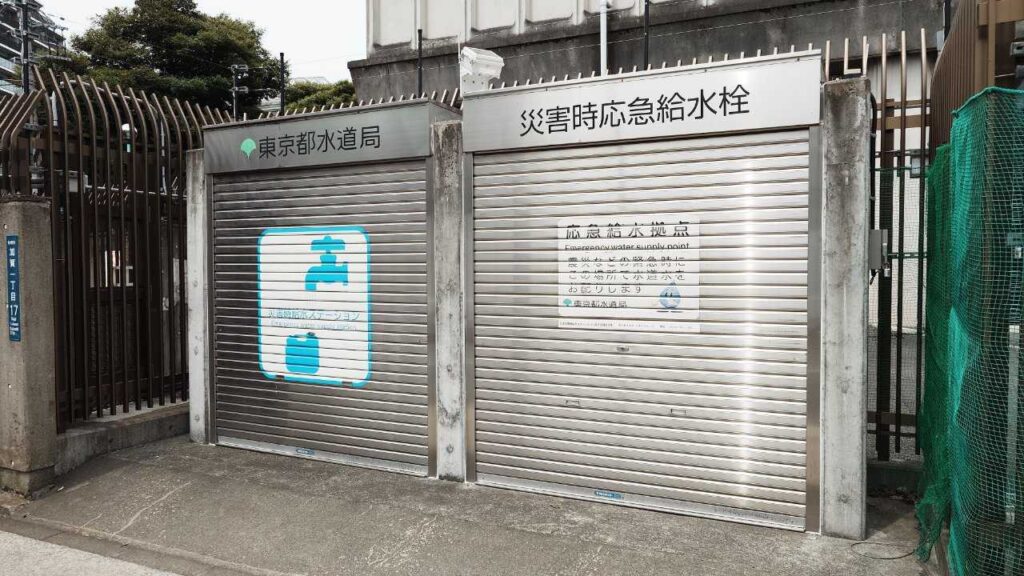replacement– tag –
-

Surviving on 20 Liters a Day After a Disaster! Water-Saving Techniques (Part 4 of 5)
── Practical Water-Saving Tips for Bathing, Toilets, and Cooking ── The average amount of water used per person per day under normal conditions is about 180 to 250 liters. However, in the event of a disaster where the water supply is cut... -

Complete Guide to Emergency Water Supply Stations During Disasters: How to Find, Line Up, and Carry Water (Part 3 of 5)
Complete Guide to Emergency Water Supply Stations During Disasters ── How to Find, Line Up, and Carry Water + Local Disaster Wells and Firefighting Water Tanks ── What You'll Learn from This Article How to locate nearby water supply stat... -

Water Supply During Disasters: When the “Unthinkable” Still Happens (Part 2 of 5)
In the previous article, we introduced the initiatives of the Tokyo Metropolitan Government Bureau of Waterworks in preparation for earthquakes. Comprehensive measures have been taken to prepare for the possibility of a future major eart... -

To What Extent Is Tokyo’s Water Infrastructure Earthquake-Ready? (Series 1 of 5)
Are you familiar with the population of the Greater Tokyo Area? Rather than administrative units such as prefectures or cities, the global standard often refers to “urban agglomerations.” According to this definition, the Greater Tokyo A... -

Preparing for a Massive Water Outage in the Capital— A Practical Look at Tokyo’s Water Supply and the Threat of a Direct Earthquake Beneath the Capital —Series Preview
A major earthquake directly beneath the capital could strike at any time. "You turn the tap, and no water comes out."That day could be tomorrow. If it's a capital-region quake, the Tokyo Metropolitan Area is at risk. If it's a Nankai Tro...
1




